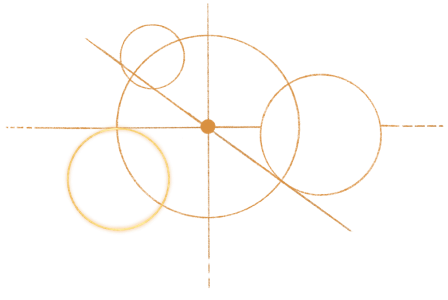Dissemination: Into and Out of the Archive




Oral History offers us the possibility to bring different voices to historical research and thus enhances our understanding of the past. But what is the impact of this effort if no one hears the story? For this purpose to be realized, sources must be made accessible to the public by depositing them in an archive that will preserve them. Dissemination, however, is not limited to the archives, but can take on many forms involving their direct engagement with the public. Indeed, the most fruitful Oral History projects are those that give back to the public from which they originated.
What are archives and why are they important for Oral History? What are the various forms of dissemination an Oral History research project can take? How can an Oral History project represent an intervention, possibly change the way people look at the past?
Objectives:
90 mins
Prepare flip chart papers with the questions for Group Work and Individual Thinking.
Plenary Discussion (20 min):
Let’s start the session asking participants this question: What is an Archive? We brainstorm a little bit and collect answers on a flip chart.
To inspire the conversation a little further, let’s watch the short video What is an Archive together.
Guiding questions:
After 10 mins, we turn to existing examples and visit some online Oral History archives together. As we explore the different archives, let’s reflect with the participants about the significance of an archive and challenges that we might face when using an archive:
Group Work (30 minutes):
Now that participants have a taste of what Oral History archives are, we want to explore how Oral Histories can be taken out of the archive into the public sphere.
Divide participants into up to 5 groups and assign each group one of the below links to explore as examples of Oral Histories reaching out to the public.
In their groups, have participants explore the project and write the following questions on the flip chart for them to answer and prepare a 5-minute presentation:
Oral History Projects:
Group Presentations (25 minutes):
Each group has 5 minutes to share information about the project they explored, showing the website page, while addressing the questions above.
Individual Thinking (15 minutes):
Taking the participants’ learning on bringing Oral History into and out of the archive, and if relevant their own Oral History projects, we ask participants to individually reflect on the below questions.
We explain to participants that we will not discuss these reflections but once done, read what others have written as food for thought.
We hang-up the 3 papers with each question on a separate flip chat, and visible for everyone to see. We then distribute sticky notes for each participant for them to write down their thoughts:
About Archives:
“Archive.” Wikipedia, Wikimedia Foundation, 2 October 2022.
“What is an Archive?” The National Archives UK, 2013.
“Archive Research Tutorial: What is an Archive?” Mildred F. Sawyer Library, Suffolk University Boston, 17 October 2022.
“Archiving Oral History: Manual of Best Practices.” Adopted October 2019. Oral History Association (OHA), 2022.
“Introduction to Oral History.”, The Institute for Oral History, 2016, Baylor University.
Examples of Oral History archives:
“Nakba’s Oral History Interviews Listing.” PalestineRemembered.
“Palestinian Oral History Archive.” AUB University Libraries, American University of Beirut (AUB), 2019.
“Interactive Map, Palestinian Oral History Archive.” AUB University Libraries, American University of Beirut (AUB), 2019.
“Oral History Archives.” Columbia University Libraries, Columbia University.
“Oral Narratives of the Residents of Karantina.” Digital Archives. February 28, 2022. Beirut Urban Lab. American University of Beirut (AUB).
“Guide to the Faris and Yamna Naff Arab American Collection.” Archives Center, National Museum of American History, Smithsonian Online Virtual Archives, Smithsonian Institution, 2022.
“Oral History.” Collection Guides, The British Library.
“Louie B. Nunn Center for Oral History.” University of Kentucky Libraries, University of Kentucky.
Example of Oral History projects:
Raby, Sam. “A Visualization of Four Syrian Refugees’ Narratives of Displacement.” Placing Oral Histories, July 2017.
“Unpacked: Refugee Baggage.” Mohamad Hafez, 2020-2021.
Mansky, Jacky. “This Haunting Exhibition Unearths the Story of Syria’s Slain.” Smithsonian Magazine, 11 April 2016.
Boyd, Douglas. “Survey of Oral History Podcasts.” Digital Omnium, 30 November 2016.
“National Park Service Oral History.” Apple Podcasts Preview, 2022.
Tawil, Anthony and Cédric Kayem. “Maabar, The Podcast.” Maabar Podcast, 2022.
Hoxha, Urtina. “Those who drown cling to foam.” Intern, 2020.
“Nowhere Line: Voices from Manus Island.” Directed by Lukas Schrank. Visitor Studio, 9 August 2015.